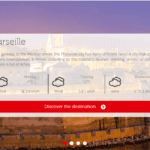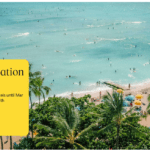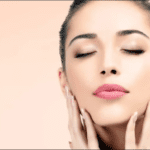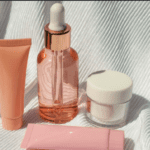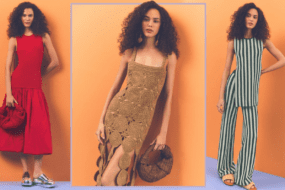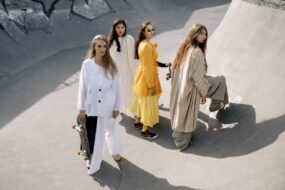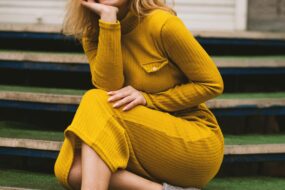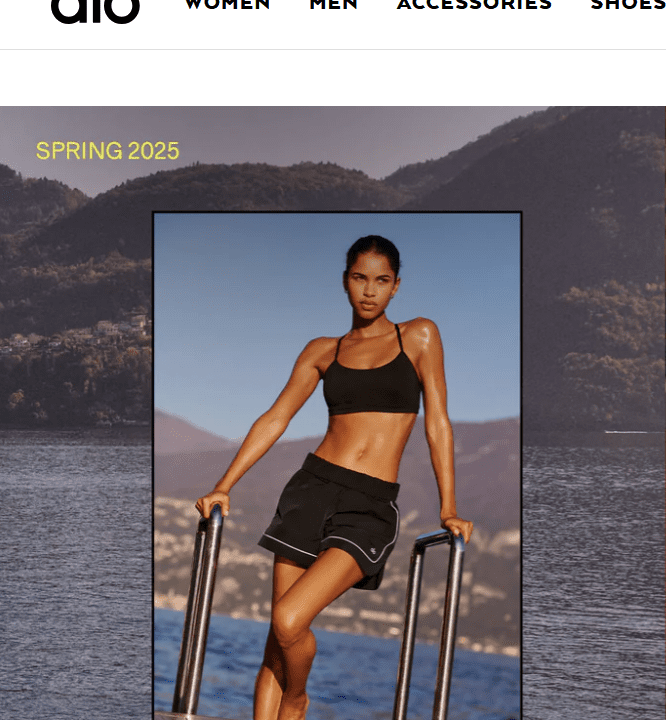
High fashion has long held a reputation for being aspirational, bold, and at times, seemingly out of reach for the everyday person. The runways of Paris, Milan, New York, and London present dramatic silhouettes, avant-garde materials, and statements that often appear more like works of art than functional clothing. But beneath the theatrics lies a deep influence that eventually trickles down into mainstream style. From color trends and silhouettes to specific motifs and details, what begins on the runway frequently finds its way into department stores, boutiques, and closets around the globe.
This article explores the journey of high fashion from exclusive runways to the racks of everyday wardrobes, offering insights on how you can incorporate elements of high fashion into your daily outfits — without compromising on comfort, practicality, or personal style.
The Purpose of Runway Fashion
Before delving into how high fashion can be translated into real-life wear, it’s important to understand why runway fashion often looks so unconventional.
Fashion weeks serve multiple purposes. For designers, it’s a chance to tell a story — an artistic expression of identity, culture, and concept. Runway shows aren’t just about the clothes; they’re a form of performance art. Every piece, from the fabric to the shoes to the makeup, is curated to express a creative vision.
Designers also use these platforms to experiment. Fashion is cyclical, but also evolutionary. Trends emerge from bold decisions — often the kinds of decisions that wouldn’t make sense in a ready-to-wear (prêt-à-porter) collection. A dramatic gown with exaggerated shoulders or an outfit made of recycled plastic bottles may not be meant for everyday consumers but can spark a movement or influence broader fashion conversations.
The Trickle-Down Effect of High Fashion
The fashion industry follows a pattern often referred to as the “trickle-down theory.” This means that trends start at the top — luxury brands and designers — and gradually influence mid-tier and fast fashion brands.
Take, for example, Balenciaga’s oversized silhouettes. Once seen as odd or overwhelming, oversized coats, sweatshirts, and trousers became must-haves across Zara, H&M, and Uniqlo within a season or two. Or consider how Gucci’s eclectic maximalism sparked a wave of bold prints and vintage-inspired accessories in both designer and budget-friendly lines.
Fashion editors, influencers, stylists, and celebrities play a critical role in this process. They serve as intermediaries between the high-concept runway and the general public, often showing how to style dramatic looks in more digestible ways.
Key Elements That Translate Easily
You don’t need a couture budget or a fearless sense of style to bring runway trends into your wardrobe. Here are some elements of high fashion that are often reimagined for everyday use:
1. Color Trends
Runway shows often set the tone for seasonal colors. Pantone, for example, observes Fashion Weeks closely to determine their “Color of the Year.” From there, expect to see that color in everything from sweaters to sneakers.
For example, when designers like Valentino and Versace started showcasing bold fuchsias and rich greens, those hues soon popped up in coats, accessories, and nail polish.
How to incorporate: Try a bold color as a statement piece — a scarf, bag, or shoes — or color-block your outfit using complementary tones.
2. Silhouettes and Shapes
Designers love to play with proportion. Whether it’s exaggerated shoulders, high-waisted trousers, or voluminous skirts, the runway provides a playground for reimagining shape.
The 1980s power suit made a major comeback in recent years, driven by designers like Alexander McQueen and Saint Laurent. That translated into boxy blazers in mainstream stores, tailored to flatter rather than overwhelm.
How to incorporate: Choose one dramatic silhouette at a time. Pair a voluminous blouse with slim jeans or wear wide-leg trousers with a fitted top to balance the look.
3. Textures and Fabrics
Unconventional fabrics are common on the runway — think metallic leathers, latex, or mesh overlays. While these might not be practical in their original form, they inspire more wearable adaptations.
For instance, a designer may send a head-to-toe sequin look down the runway, while high-street brands offer a sequin-trimmed tee or skirt for the holidays.
How to incorporate: Use textures to add interest. A faux-leather jacket, velvet boots, or satin skirt can make a simple outfit stand out.
4. Prints and Patterns
Animal print, florals, abstract graphics, and checks rotate in and out of fashion frequently — but often in refreshed ways.
Runway shows will often combine multiple patterns, leading to a resurgence of bold clashing prints in retail collections.
How to incorporate: Mix prints in subtle ways. Try a striped top with a floral scarf, or leopard print shoes with a neutral outfit. Keep the color palettes in the same family for cohesion.
5. Accessories and Details
One of the easiest ways to adopt high fashion trends is through accessories. This includes oversized sunglasses, sculptural earrings, statement belts, or structured bags.
Designers frequently showcase innovative jewelry and footwear that filter down into more accessible, wearable pieces.
How to incorporate: Update your accessories each season. It’s a low-risk, high-impact way to refresh your style and stay current with minimal investment.
Styling Tips: Making Runway Looks Work for You
Even if you’re not walking into a boardroom or an art gallery every day, you can still channel fashion-forward style. Here’s how:
1. Balance Statement Pieces with Basics
A runway piece, or one inspired by it, becomes more wearable when it’s anchored by basics. Pair an avant-garde blazer with a plain white tee and denim jeans. Let the statement piece shine while everything else plays a supporting role.
2. Invest in Versatile Items
Some trends, like trench coats or monochrome looks, recur often and are timeless with a twist. Look for well-made versions of these items in cuts and colors that complement your body type and wardrobe.
3. Understand Your Personal Style
Not every trend will suit you — and that’s okay. The goal isn’t to copy the runway, but to extract inspiration. Know whether you’re more classic, minimalist, bohemian, or eclectic, and choose high fashion elements that align with your aesthetic.
4. Layer Thoughtfully
Layering helps tone down bold pieces while adding depth to your outfit. For example, wear a sheer dress over a slip and top it with a leather jacket. Or tuck a graphic runway-inspired blouse into tailored pants with a longline coat.
5. Don’t Overthink It
Fashion is meant to be fun and expressive. Use the runway as a creative muse rather than a strict guide. If a trend excites you, try it — even if it’s just in a small way. Confidence is the ultimate accessory.
Real-Life Examples of Runway-to-Reality
To see this in action, let’s look at some recent runway moments and how they’ve influenced everyday style:
- Miu Miu’s micro-mini skirts: Though the ultra-mini version is runway-only for many, it inspired a boom in shorter hemlines and pleated skirts in stores like ASOS and Mango.
- Chanel’s tweed co-ords: Their classic sets were reinterpreted as cropped blazers and mini skirts, now available at more accessible price points from brands like Zara and Aritzia.
- Bottega Veneta’s bold knits: Their chunky, colored knitwear led to a wave of vibrant sweaters in every high-street window.
- Rick Owens’ futuristic silhouettes: While the extreme cuts remain niche, many brands now carry toned-down versions — think sculptural jackets or asymmetrical tops that nod to the same aesthetic.
The Role of Sustainable Fashion
Interestingly, the desire to mimic high fashion has led many to seek more conscious fashion choices. Rather than buying fast fashion duplicates, consumers are embracing:
- Vintage shopping: Many runway trends revive older styles, making thrifted finds not only relevant but fashionable.
- Clothing rental services: Sites like Rent the Runway allow consumers to experience designer pieces without permanent commitment.
- DIY fashion: Inspired by haute couture embellishments, people are customizing jackets, jeans, and accessories at home.
- Slow fashion brands: These brands take cues from runway trends but prioritize ethical production and quality.
Translating fashion trends into daily wear doesn’t have to come at the expense of sustainability — in fact, it can support it.
Final Thoughts: Making High Fashion Your Own
High fashion is not as distant or inaccessible as it may first appear. While the runway may present designs in their most artistic, experimental form, the core of these looks — the colors, shapes, and ideas — can absolutely find their place in your wardrobe.
By staying curious and open to inspiration, anyone can elevate their personal style. The next time you see a wild runway show, don’t dismiss it as irrelevant — ask yourself: What do I like about this? How could I wear something like that? Then go from there.
Fashion is about self-expression, and translating the extraordinary into the everyday is where the real magic happens. Whether you’re incorporating a bold hue, a dramatic cut, or a daring accessory, you’re participating in a centuries-old tradition: making art wearable.

